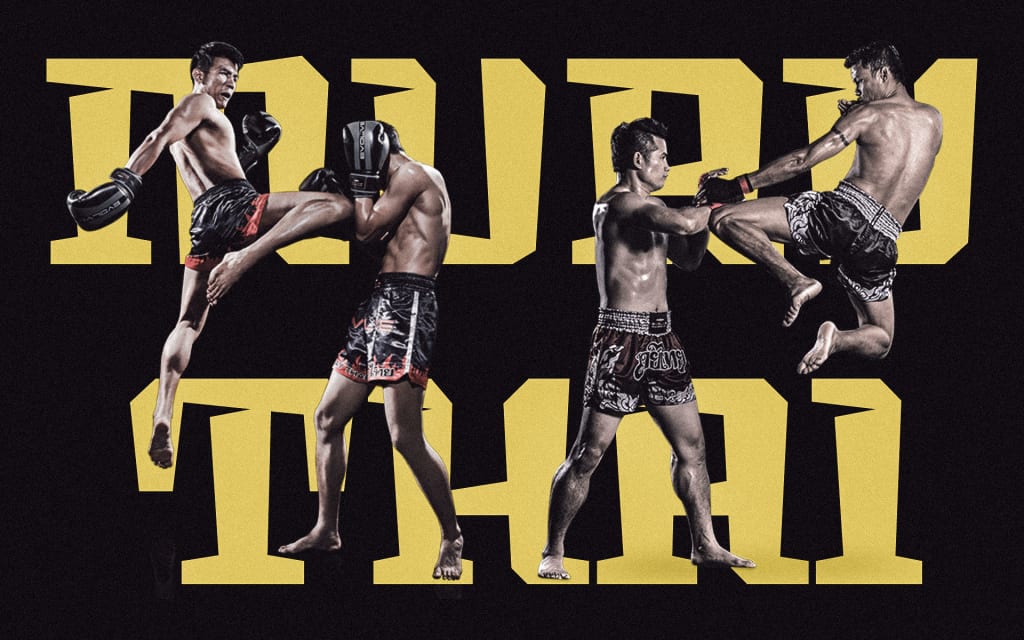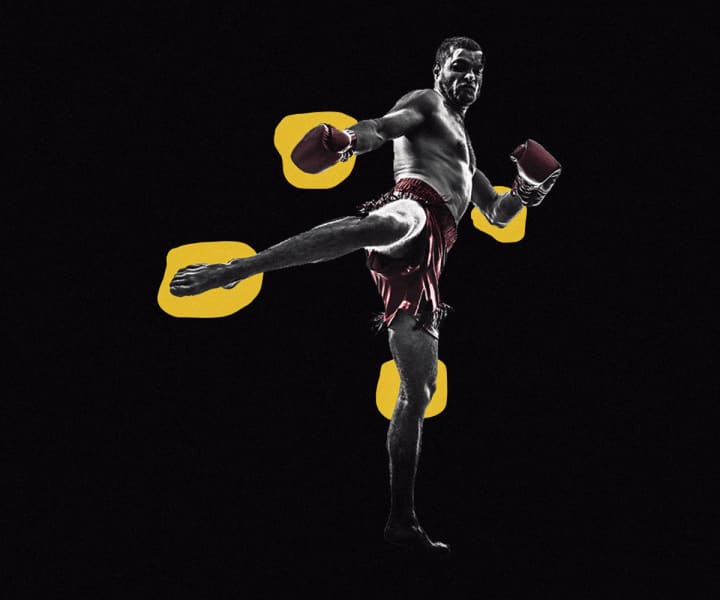A Brief Guide to Muay Thai
For those considering the martial arts, Muay Thai is a meaningful, important craft perfect for practical, mortal combat.

Muay Thai--regarded by some as the deadliest martial art ever devised. One of the dirty martial arts known for doing whatever it takes to put an opponent down and not let them ever get up again. Some refer to it as Thailand's kickboxing. Others, an undignified art for ruffians.
It is impossible--even disrespectful--to sum up Muay Thai in any short and brief terms. But, for those perusing through the martial arts, it is important to distinguish Muay Thai from other arts in order to establish it as a meaningful craft perfect for practical, mortal combat.
Many martial arts have a focus on style. The theory and focus of martial arts often makes it appealing from our Western understanding. They focus on discipline, peace, and style. Form.
Muay Thai is more concerned with how to beat a person to the floor, and keep them there.
Many martial arts emphasis style and combinations in order to lock the opponent into a controlled series of events. The karate master, for example, evades a blow before striking before the opponent can defend. Aikido uses the opponent's momentum against them.
Muay Thai is all about speed. Sharp, harsh strikes too fast to either evade, block, or take command of. Speed is key here, and, by the time the fighter disciplined in form starts their combination, the Muay Thai fighter will move in some unpredictable fashion to break the "structure" of combat.
Eight-Limbed Style

Most traditional martial arts utilize four limbs in combat. Two fists. Two feet. Muay Thai, however, is one of the dirty martial arts for breaking this trend. It teaches that four limbs are too few; you need eight.
Feet. Hands. Elbows. Knees. The blunt-force trauma of knee or elbow impact can put an adversary in your realm of control. By going too close for an opponent to punch or kick, the Muay Thai fighter takes command of the fight in close range fighting. In long range, though, the sharp kicks of a Muay Thai fighter is unmatched.
The fighter can thereby adapt to an opponent. A thrower, for example, may be able to take command of sharp kicks--but not sharp elbow strikes. A boxer can't handle low kicks to take their legs out from under them.
The basic techniques incorporate sharp jabs, hooks, body kicks, sweeping kicks, elbow and knee strikes, and high kicks designed to break jaws--and, perhaps, necks. It also incorporates clinching, used to throw opponents back to open them up for new strikes that can cause critical damage to an opponent's body.
Because of the Eight-Limbed Techniques of Muay Thai, many martial arts schools regard Muay Thai as a dirty martial art. Undignified. Unrefined. These individuals tend to say that after their structured style fails to anticipate the speed of a Muay Thai cross punch, followed by a sweeping, rib-shattering kick to the opposite flank.
Unlike many martial arts, which teach control and style, Muay Thai instructors tend to send their students to fight after learning the basic techniques. In essence, all martial arts is designed to defend oneself from an opponent.
Many instructors will make their students run to build up endurance, punch bags to develop sheer strength, and practice clinching tactics.
Once the basics are down, the best teacher remains experience.
While style and form do not break down, it becomes clear that, by fighting, an individual can learn what tactics break their form, and how to adapt. The form, in essence, is similar to street fighting. You learn what doesn't work by failing to defend yourself.
Or by exploiting the weaknesses in your opponent's guard, and, thus, learning.
About the Creator
Patricia Sarkar
Raised on a steady diet of makeup and games. Eager to share my experiences with the world and make a difference, article by article! :)






Comments
There are no comments for this story
Be the first to respond and start the conversation.